2016 Costa Rica COE Champion processing Plant introduction Costa Rica Shumawa processing Plant
2016 Costa Rica Champion processing Factory
Monte Llano Bonito Manor, one of the two estates of Sumava de Lourdes, won the 2016 CoE Cup.
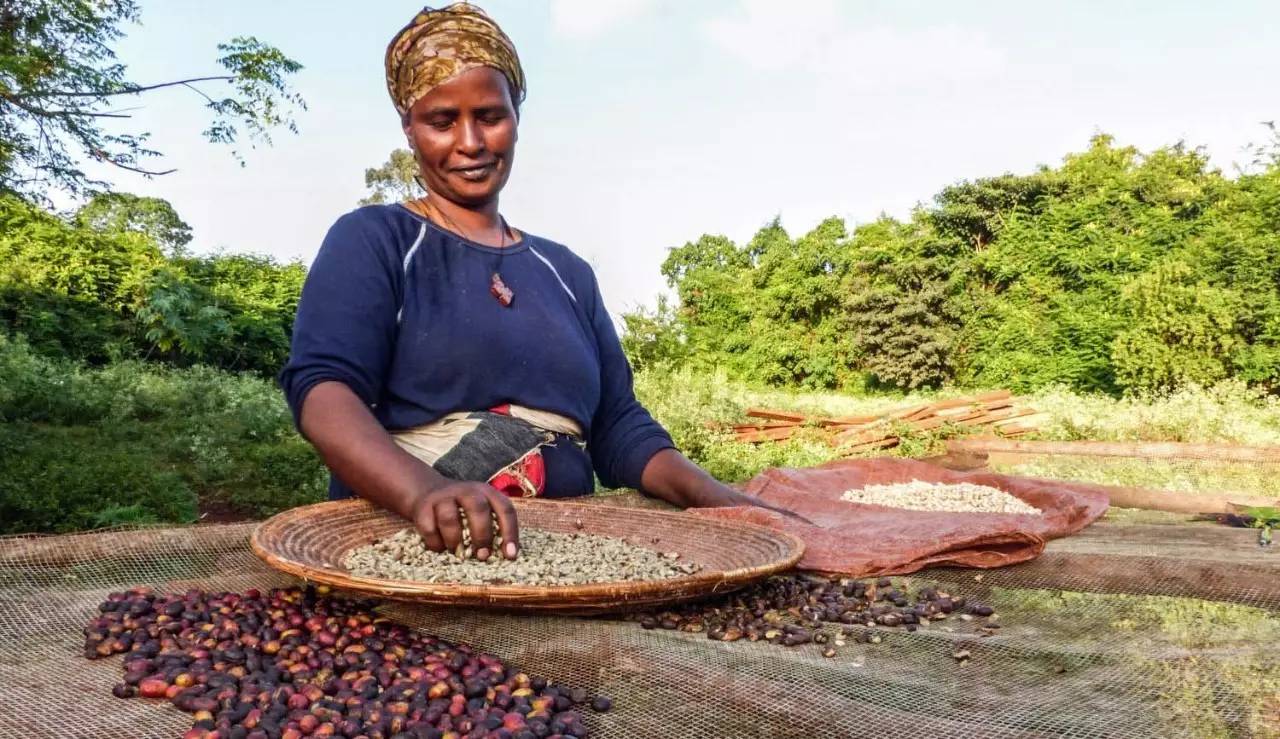
The 13th place in the 2015 Costa Rica extraordinary Cup (CoE) (Finca Monte Llano Bonito) has two estates Monte Llano Bonito and Monte Lourdes.
Has now been named Shumawa Manor.
Located in the West Valley area, the skirt of the El Chayote Nature Reserve and the Central Volcano Mountains. Facing the Pacific Ocean and Nicoya Bay. Soil is the origin of volcanoes. The coffee farm provides a location for sunsets. It has sunny mornings and cloudy afternoons with showers to keep coffee plants fresh all the year round. Cypress is used as a border and windbreak, as well as Tubu and Trueno species.
Coffee growing area La Ladera has a mild slope, Etiopia x Caturra and Caturra varieties. Agricultural practices include weed management using farm-produced lawnmowers and mountain microbes as supplements to nitrogen, potassium and magnesium fertilizers.
There is a harvest from January to April every year, when the climate is cool and the temperature is between 10 and 20 degrees Celsius. Picked cherries are processed in our Penagos micron and 100% processing beds for 22-25 days. When the humidity is 10%, coffee is stored in special grain bags and sacks.
Orange County in the Valley of Central America / Western Costa Rica
Shumawa processing Plant Beautiful Plain Manor
Award record: 2016 COE champion
Baking: shallow baking
Flavor: sweet berries, cranberries, deep fruit tones, vanilla, rich taste, litchi and vanilla, fresh spices, delicate and rich acidity, sweet and smooth.
Country: Costa Rica
Producing area: orange County in the western valley
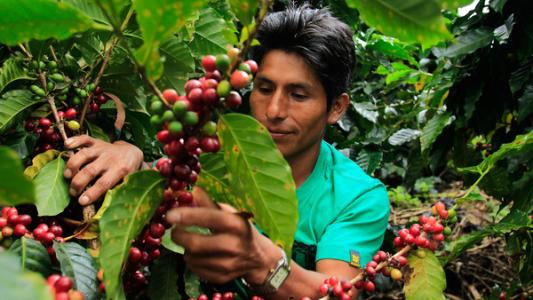
Treatment plant: Shumawa treatment plant
Manor: beautiful Plain Manor
Treatment method: solarization treatment
Altitude: 1700-1800 m
Costa Rica
Costa Rican coffee cultivation was introduced from Cuba in 1779 and exported for the first time in 1820.
There are about 32000 coffee farmers, with an average planting area of less than one hectare (10000 hectares) per farmer.
Costa Rica has a population of 41 billion (2006), with a coffee planting area of 82500 hectares and annual production.
1.7 million bags (60kgs per bag), with an annual domestic consumption of 380000 bags, with an average annual consumption per national
It is higher than Japan's (consumption of 4kgs), and the average Taiwanese are only slightly higher than 1kg.
Costa Rica is the country where coffee was first introduced into Central America. It has a long history and is self-produced by coffee organizations.
Until the sales system is complete. Because it is located in the Central American Gorge, there are many volcanoes in the territory, which has the natural advantages of sunshine and land.
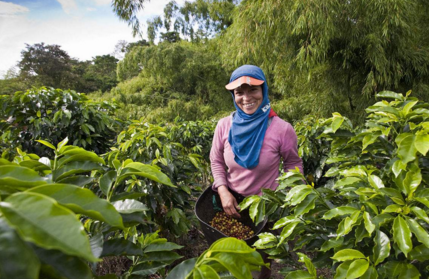
The climate is reconciled by Pacific and Atlantic currents and sea breezes at the same time, and the coffee produced is local.
With the characteristics of micro-climate and local conditions, Costa Rican coffee has always been recognized by the world in terms of quality and quantity.
Rated as one of the world-class high-quality coffee. Costa Rican coffee has been grown for 200 years.
Originally planted on the slopes of Poas and Barva volcanoes, it is now known as the Central Valley.
The seven main coffee producing areas are from northwest to southeast, along with the inland central plateau.
The Costa Rican volcanic terrain has fertile volcanic ash, mild and suitable temperature, and stable and abundant rainfall.
It is one of the factors why coffee has become a major agricultural product in Costa Rica. The seven major producing areas are: Tarrzu,
、 Orosi 、 Central Valley 、 West Valley 、 Turrialba 、 Brunca .
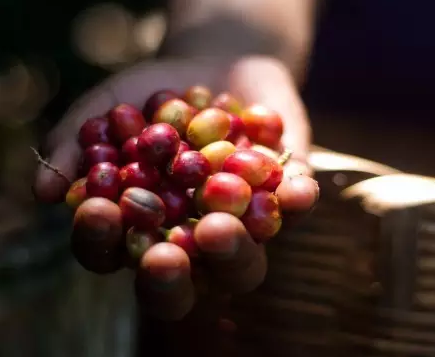
Costa Rica has a long history of cultivating coffee, but in the past 10 years, it has been treated by a new "dry" method.
It has become a new method, collectively known as "honey treatment", which uses the scraper to adjust the scraping degree of the pulp.
The output shows "honey" from light to strong with the color from light to dark (white, yellow, red, black), with acidity.
Complex aroma, thick feeling... Each has its own depth and advantages.
Important Notice :
前街咖啡 FrontStreet Coffee has moved to new addredd:
FrontStreet Coffee Address: 315,Donghua East Road,GuangZhou
Tel:020 38364473
- Prev
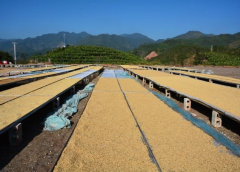
Introduction of five super-producing areas and three boutique producing areas in Brazil, a big coffee country
Super producing area-South Minas Yellow Bourbon Queen Manor has swept the top three prizes of the Brazilian extraordinary Cup in the past two years. Huang Bourbon has almost become the new darling of the boutique coffee industry. The yellow skin variety (bourbon variety) peculiar to the state of Sao Paulo, Brazil (bourbon variety) the general coffee cherry will turn red after ripening and will not turn red and orange after ripening, hence the name. Very sweet
- Next
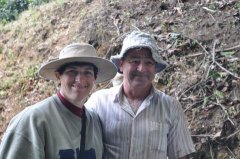
Introduction to Finca El Roble and ASOPROAAA treatment plants of Oak Manor in Costa Rica
For the exchange of professional baristas, please follow the coffee workshop (Wechat official account cafe_style) Costa Rican Oak Manor Finca El Roble is located in the Tarazu producing area Tarrazu. The oak estate was founded by Adan Monge Castro 60 years ago and later inherited by four sons. A few years later, one of the sons, Fernando Luis Fernando, started the oak estate when he started planting coffee trees.
Related
- Does Rose Summer choose Blue, Green or Red? Detailed explanation of Rose Summer Coffee plots and Classification in Panamanian Jade Manor
- What is the difference between the origin, producing area, processing plant, cooperative and manor of coffee beans?
- How fine does the espresso powder fit? how to grind the espresso?
- Sca coffee roasting degree color card coffee roasting degree 8 roasting color values what do you mean?
- The practice of lattes: how to make lattes at home
- Introduction to Indonesian Fine Coffee beans-- Java Coffee producing area of Indonesian Arabica Coffee
- How much will the flavor of light and medium roasted rose summer be expressed? What baking level is rose summer suitable for?
- Introduction to the characteristics of washing, sun-drying or wet-planing coffee commonly used in Mantenin, Indonesia
- Price characteristics of Arabica Coffee Bean Starbucks introduction to Manning Coffee Bean Taste producing area Variety Manor
- What is the authentic Yega flavor? What are the flavor characteristics of the really excellent Yejasuffi coffee beans?

